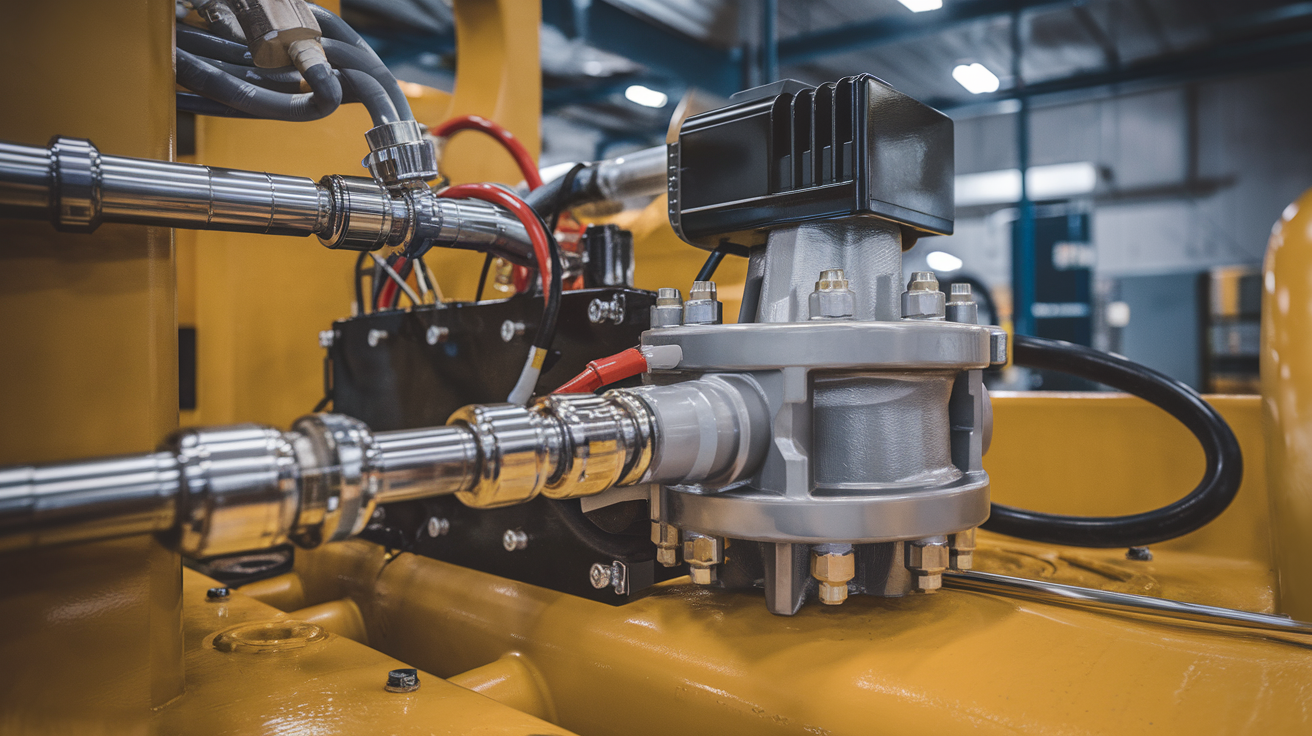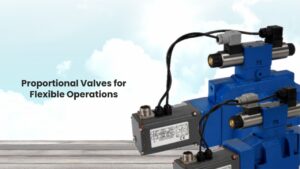It is crucial to manage the load efficiently in hydraulic and braking systems. It helps in maintaining safety, performance, and control of the system. The ability to adjust braking force or hydraulic pressure as per the load can save the system from wear and improve the response. One of the major components that makes this possible is load sensing proportioning valve. This valve regulates pressure according to load conditioning, ensuring more balanced and efficient operation.
Proportioning valves play an important part in the modern hydraulic control system, with the growing demand for more precision and adaptability. In this blog, we will explore the role of proportioning valves in load-sensitive systems. So, let’s get started.
How Load Sensing Proportioning Valves Work
A Load Sensing Proportioning Valve helps to regulate brake pressure between the front and rear wheels based on the load the vehicle carries. They are commonly positioned between the master cylinder and the braking system, and they may also function independently.
The hydraulic fluid fills the pressure when brake pedals are pressed, which triggers the spring-loaded valve. As pressure increases, the valve’s internal plunger shifts, allowing fluid to pass through up to a calibrated point. Once it is up to a point, the spring compresses, forcing the plunger to restrict the flow. This process ensures the correct brake force is applied to the rear wheels, preventing wheel lock-up and improving overall brake balance.
The valve supports safer, more stable, and efficient braking, ensuring that hydraulic load control is essential by adjusting pressure based on the vehicle’s load.
What Are The Benefits Of Load-Sensing Valves?
Efficient Energy Usage
Load sensing valves are designed to be energy-efficient in hydraulic systems. These valves supply only the necessary amount of hydraulic fluid by continuously monitoring load pressure. This eliminates unnecessary energy use, making them important for systems that require hydraulic load control.
Precise And Stable Flow Control
An LSPV ensures consistent pressure between the pump and the curator. These valves ensure smoother, more accurate movements, which are important for load-sensitive systems that demand accurate positioning and continuous performance.
Enhanced System Performance
These valves help distribute hydraulic power equally across multiple functions. This shows that multiple actuators can operate continuously without compromising the system’s responsiveness or overall performance.
Improve Productivity
Load-sensing valves boost productivity in machines like excavators, forklifts, and tractors with faster response time and better control. Their ability to adapt quickly to load changes makes them ideal for dynamic environments.
Reduce Heat And Noise Generation
These valves reduce heat, buildup, and lower fluid turbulence by minimizing excess flow. This contributes to quieter and cooler operation, extending component life.
System Safety And Reliability
Load sensing proportioning valve adjustment plays an important role in maintaining system safety. These valves reduce wear and unplanned downtime by preventing pressure spikes and protecting components.
Flexibility And Fuel Efficiency
Load sensing valves adapt to variable load demands and are compatible with different hydraulic system designs. Different industrial systems contribute to improving fuel efficiency by reducing energy losses during work operations.
Common Issues And Maintenance Tips
Although proportioning valves are durable, they can face issues such as internal clogging, wear of components, and improper pressure regulation due to contaminated fluid or system misalignment. These problems often cause unevenness, breaking, delayed system response, or poor hydraulic control.
Regular maintenance ensures the reliable performance of the load-sensitive system. These include flushing the hydraulic fluid, checking for leaks, and inspecting valve components for wear. Another important aspect of upkeep is timely load sensing proportioning valve adjustment, which ensures accurate pressure regulation as system demand changes.
Your system may indicate the need for valve servicing or adjustment if your system shows signs of jerky movement, brake imbalance, or decreased control. Using clean hydraulic fluid, proper filters, and following scheduled inspections can help prevent common issues, extend component life, and maintain efficient system operation in different load conditions.
Conclusion
LSPVs are important for systems that require adaptable and efficient control under varying loads. Proportioning valves play a critical role in optimizing how pressure is distributed across different parts, from ensuring safe braking to enhancing hydraulic performance. Regular monitoring and timely load sensing proportioning valve adjustment can prevent failures and improve system reliability.
For precision-engineered valves and expert support, visit THM Huade. Get in touch with us today to explore advanced hydraulic control solutions that support high-performance and load-sensitive applications across industries.
Frequently Asked Questions
What can happen if the proportioning valve does not work?
If the proportioning valve did not work. It can lead to rear wheel lockup, uneven braking, and excessive front-end dive during braking.
How to adjust the load proportioning valve?
When adjusting the proportioning wall, you increase or decrease preload on that spring by pressing the piston. More spring load allows more pressure before the valve closes and proportioning begins.
How to check valve gaps?
Measure the gap between the rocker pad and the valve stem. The feeler blade should slide into a close fit. If it does not go in or if it goes in with room for movement, adjust the gap.



